Travel Guide, Sapa
Your Ultimate Sapa Trekking Guide to Northern Vietnam
Welcome to the enchanting world of Sapa, Vietnam’s hidden gem nestled in the majestic northern highlands. Renowned for its ethereal landscapes, rich cultural tapestry, and exhilarating trekking trails, Sapa beckons adventurers and culture enthusiasts alike. This Sapa trekking guide is designed to navigate you through the lush, terraced rice fields and indigenous communities of this awe-inspiring region. From the meandering trails leading to the peak of Mount Fansipan to the serene pathways of local villages, Sapa offers an unparalleled trekking experience. Whether you’re a seasoned trekker or a curious traveler, this guide aims to equip you with all you need to know to embark on a journey of a lifetime in the heart of Vietnam’s natural splendor.
How to get to Sapa
To reach the charming town of Sapa in the northern mountains of Vietnam, travelers have several transportation options. The most common and convenient route is by bus from Hanoi, with a journey time of approximately 5 to 6 hours. Alternatively, trains from Hanoi to Lao Cai, the nearest railway station to Sapa, provide a scenic option, followed by a bus or taxi ride to complete the journey.
Those seeking flexibility may opt for self-driving or hiring a private car, while adventurous souls can embark on the picturesque route from Hanoi to Sapa on a motorbike. While Sapa doesn’t have its own airport, flying to the nearby Lao Cai International Airport is an option, with ground transportation arrangements needed for the final leg of the trip to Sapa. The choice of transportation depends on individual preferences, schedules, and the desired travel experience.
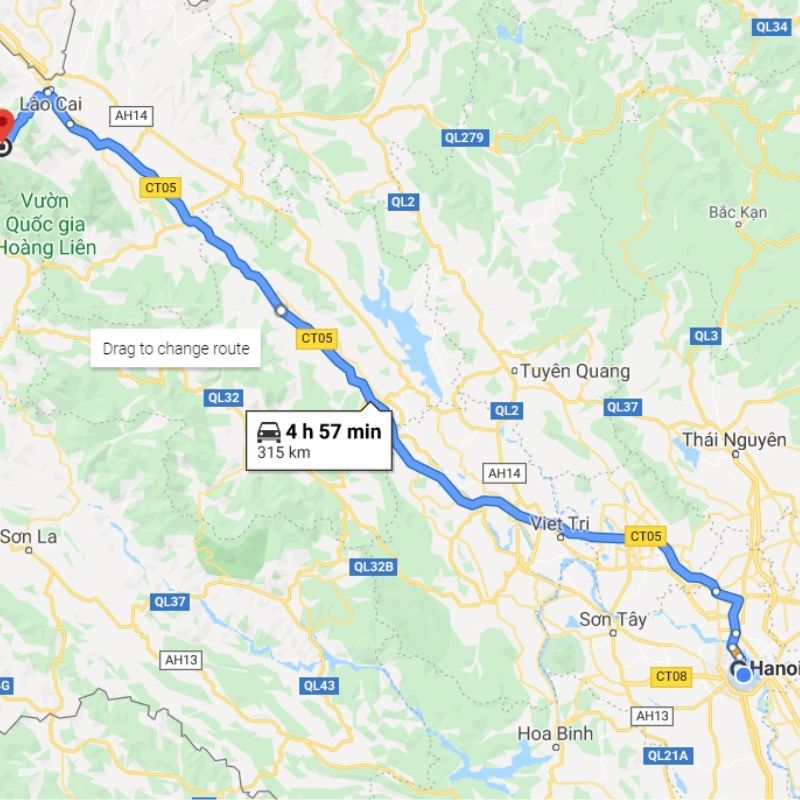
The ULTIMATE guide to How to Get to Sapa from Hanoi and other regions
Best time to visit Sapa
The climate of Sapa is humid subtropical. Sapa trekking is most enjoyable from September to November. It is cold and not raining at this time of year, so you can easily take in the breathtaking scenery.
Additionally, you might opt to go trekking in Sapa during January and March, when the blooming wildflowers create a picturesque backdrop. The cold weather at this time of year makes it perfect for you to take part in the locals’ celebrations.
Plan your trip to Sapa
You can schedule your complete trip to go hiking in Sapa ahead of time, according to your preferences. Alternatively, you can board the bus and, once there, make your own way. It all depends on your preferences and the amount of freedom you have in terms of your Vietnam schedule, but either option is totally feasible.
Sapa trekking tours don’t really need to be reserved in advance because Hmong women will approach you as soon as you arrive and offer to lead you on a trek. You have the option of going on a day trip or a multi-day vacation, in which case the tour will include your homestays.
We suggest reserving your first or second nights in Sapa town if you have the time to explore Cat Cat Village and Fansipan Mountain. Next, arrange for a two-day guided trekking tour with a local guide. Lastly, to wind down and relax, stay a few nights in one of the smaller towns in the area.
Where to eat in Sapa
In Sapa, the culinary scene is a delightful fusion of traditional Vietnamese flavors and the unique culinary influences of the local ethnic minority groups. One should not miss the opportunity to savor local specialties such as “Thang Co,” a traditional stew featuring various types of meat, including horse and buffalo, seasoned with fragrant herbs. Another must-try is the “Com Lam,” bamboo-cooked rice, which adds a distinctive flavor to the dining experience.
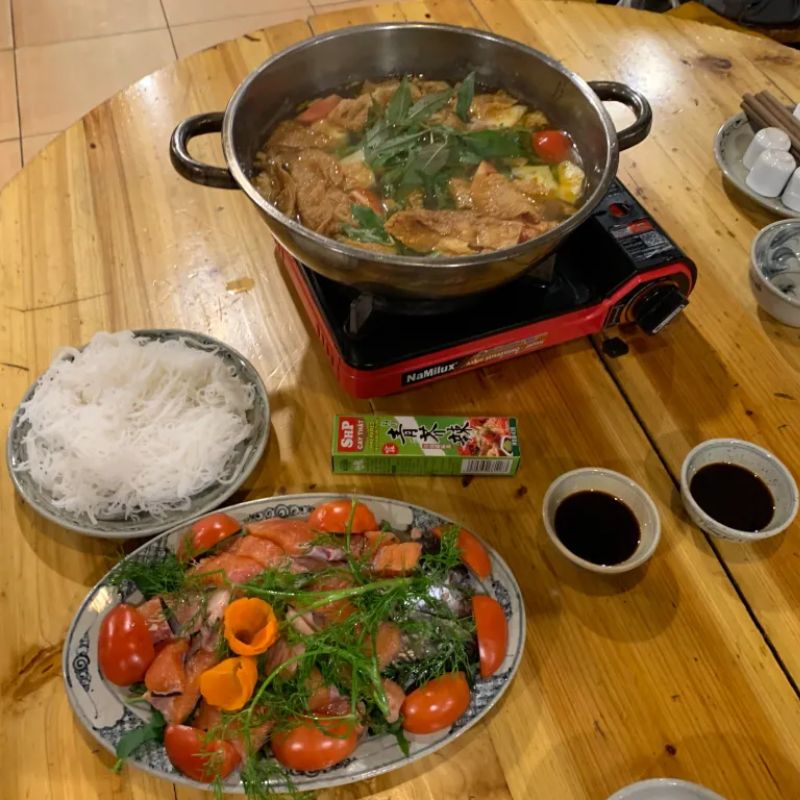
Sapa is also renowned for its fresh and organic produce, so indulging in dishes like “Mèo Cái’s smoked pork” or “grilled salmon trout from local streams” provides a taste of the region’s bountiful offerings. Additionally, exploring the vibrant local markets offers a chance to try Hmong and Dao ethnic dishes, showcasing the rich diversity of Sapa’s culinary heritage. Whether you’re enjoying street food in the town center or dining in one of the picturesque mountain-view restaurants, the gastronomic journey in Sapa is sure to be a highlight of your visit. Here are some recommended places to eat in Sapa:
Red Dao House: 4b Thác Bạc, TT. Sa Pa, Sa Pa, Lào Cai 333100, Vietnam
Little Sapa Restaurant: 05 Đ. Đông Lợi, TT. Sa Pa, Sa Pa, Lào Cai 33000, Vietnam
Good Morning Vietnam: 63B Fansipan, street, Sa Pa, Lào Cai, Vietnam
Le Gecko Restaurant: Số 03 Đường Suối Hồ, Thị Xã Sapa, tỉnh Lào Cai, Sapa 330000 Vietnam
Where to Stay in Sapa
Choosing where to stay in Sapa is a delightful decision with options catering to various preferences. For those seeking a touch of luxury, resorts like Sapa Jade Hill Resort & Spa and Topas Ecolodge offer panoramic views, upscale amenities, and a serene atmosphere. The colonial charm of Victoria Sapa Resort & Spa provides an elegant retreat, while boutique options like Sapa Unique Hotel and Hôtel de la Coupole – MGallery offer a blend of comfort and distinctive design. Travelers on a budget can find cozy accommodations at Sapa Horizon Hotel or Sapa Freesia Hotel, which provides central locations and friendly service.
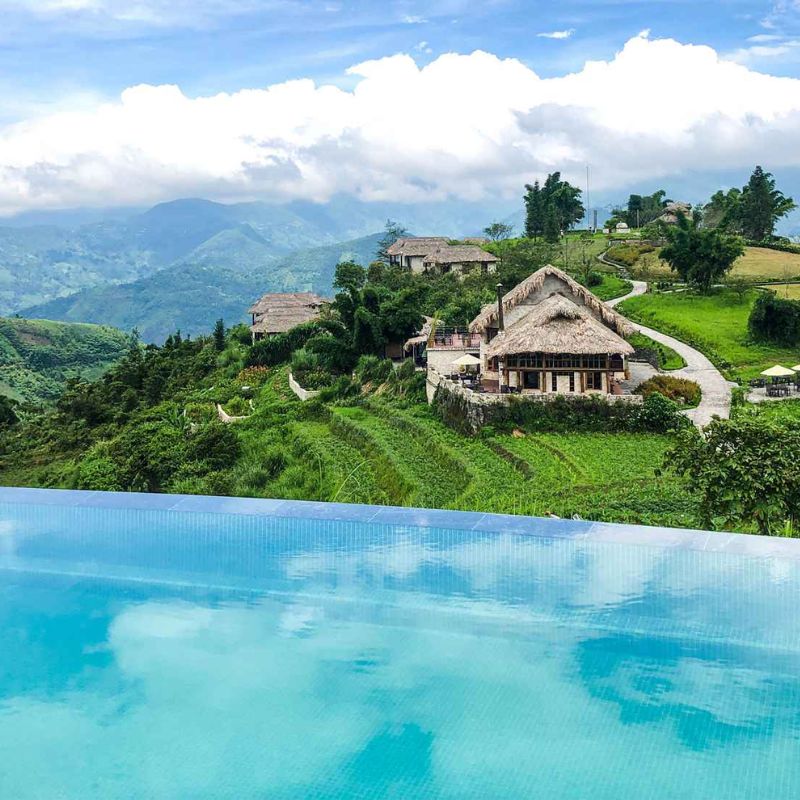
Adventurous souls looking for a more immersive experience might opt for homestays in local villages, offering a chance to connect with the indigenous communities and immerse themselves in the authentic culture of Sapa. Whether you prefer a luxurious retreat, a boutique stay, or a closer connection to the local way of life, Sapa provides a range of accommodations to make your stay both comfortable and memorable.
What to pack for your Sapa trekking trip?
Numerous shops in Sapa town (as well as throughout Vietnam) sell imitation hiking equipment. Everything you might possibly need for a trekking adventure is available. The fact that this equipment isn’t always high quality is the only drawback to depending on it. Midway through your journey, you don’t want your hiking boot to become soleless!
Sapa trekking essentials encompass climbing gear such as specialized shoes and poles, along with camping equipment like sturdy tents, stakes, and a sleeping bag liner. A reliable backpack, map and GPS ensure navigation during your trek. Dress appropriately with a water-resistant jacket for summer or a thermal jacket for winter, complemented by long-sleeved sleepwear and comfortable sandals. Stay nourished and hydrated with instant foods, drinking water, and mineral salt or glucose water. Maintain personal hygiene with toothbrushes, toothpaste, face towels, sunscreen, insect spray, and a basic medical kit containing medicines, antiseptics, bandages, and pain relievers. This comprehensive packing list ensures you’re well-equipped for a comfortable and enjoyable trekking experience.
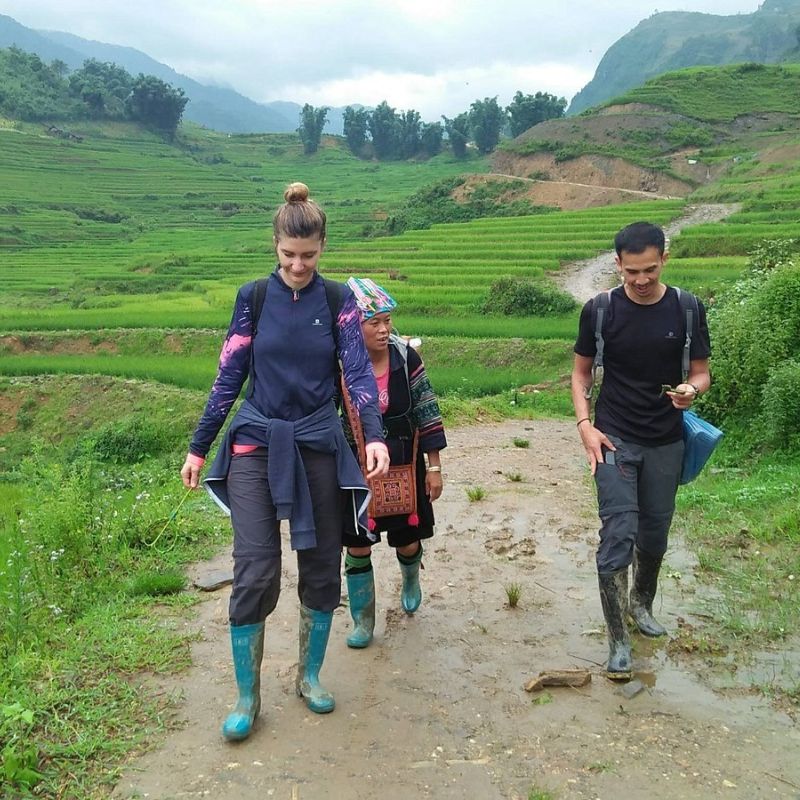
Best Sapa trekking itinerary
Sapa – Cat Cat Village – Sin Chai Village
This route offers a mix of natural and cultural experiences. You’ll see traditional Hmong homes and beautiful scenery.
Starting from Sapa Church, adventurers can embark on a 2.2-kilometer journey to Cat Cat Village. Upon arrival, an entrance ticket is required for entry. Once inside, visitors can leisurely stroll and discover the various aspects of the village.
After exploring Cat Cat Village, the trek continues along the Muong Hoa Valley for another 3 kilometers until reaching Sin Chai Village. Renowned for its untouched and serene ambiance, Sin Chai Village has been increasingly popular among tourists seeking a glimpse of its unadulterated beauty.
Tram Ton Pass – Mount Fansipan
For a more challenging trek, this route leads to the peak of Mount Fansipan, the highest in Indochina. It’s a rigorous hike but rewards with breathtaking views.
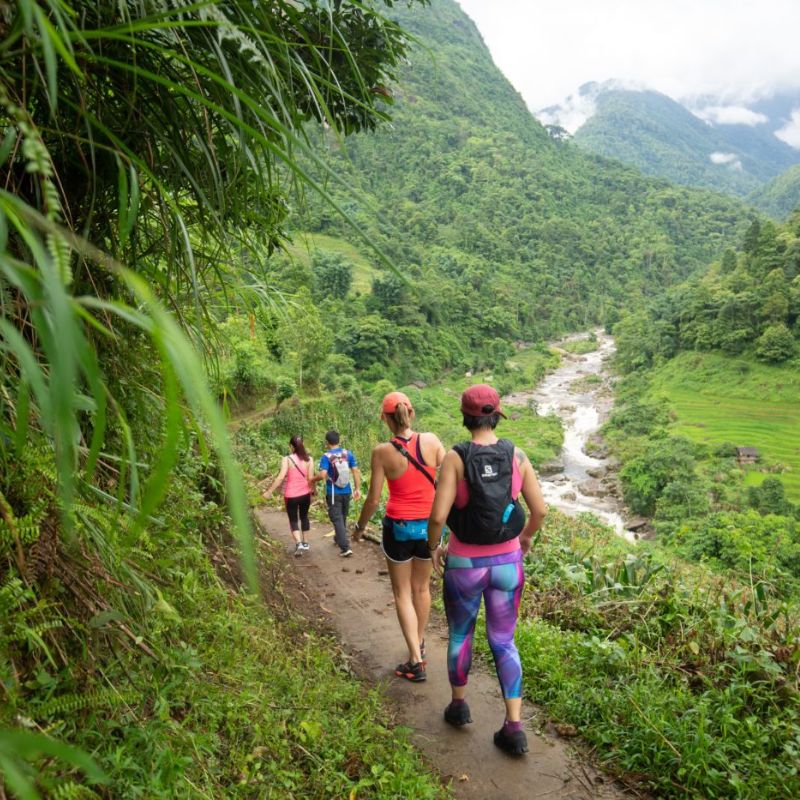
Embarking from Tram Ton Pass, the trek leads to the mighty Fansipan Mountain. This route through Sapa allows trekkers to soak in the stunning mountain vistas along their journey. Upon reaching the 2,800-meter mark, setting up camp for an overnight stay is the norm, followed by dinner preparations.
The next morning offers a magical moment with an early rise to witness the sunrise, a truly unforgettable experience. After this serene start, the trek to Fansipan’s summit is just 1.5 hours away. Reaching the peak, trekkers are rewarded with sweeping panoramic views, offering a moment to rejuvenate before the descent.
Sapa – Love Waterfall – Silver Waterfall – Y Linh Ho – Ta Van
This trail combines natural wonders with cultural immersion, passing through stunning waterfalls and local villages.
The journey begins at Tram Ton Pass, heading towards Silver Waterfall, with trekkers setting off on motorbikes around 9:30 am. The first destination is Love Waterfall, a short 1.1-kilometer ride along the river. After exploring the area, the journey continues on a motorbike to Silver Waterfall, followed by a trip through Muong Hoa Valley to Sin Chai Village, home to the Red Dao community. Here, an evening of rest, dinner, and an overnight homestay in the village awaits.
On the second day, the return to the town center includes stops at Y Linh Ho and Ta Van Village. Visitors are encouraged to seek local guidance to the renowned suspension bridge, offering splendid views of the river and distant waterfalls.
Sapa – Ta Phin – Ta Giang Phinh
This route goes through Red Dao and Black Hmong villages, offering insights into the local ethnic cultures amidst beautiful landscapes.
On the initial day, the trek starts from Sapa Church, heading to Ma Tra Village. This route allows you to marvel at the stunning terraced fields. In Ma Tra Village, there’s a chance to rest and enjoy a meal before proceeding to Ta Phin.
The following day involves trekking through hills, terraced fields, valleys, and lush forests to Phin Ho Village, where you can pause for lunch.
Then, the journey descends through rice fields to Lu Khau Village, including a visit to a salmon farm, before reaching Suoi Thau Village for an overnight homestay.
On the final day, explore Suoi Thau to learn about the Red Dao people’s daily life. The trek continues to Gia Thau Village, showcasing beautiful terraced fields, and then to Kim Ngan Village for lunch.
Post-lunch, the trek leads to Ta Giang Phin Village to experience their highland culture. If weary, you have the option to take a taxi back to town.
How much does a Sapa trekking tour cost?
The cost of a trekking tour in Sapa varies widely depending on several factors such as the size of the group, the duration of the trek, and the included amenities. Here’s a breakdown of different trekking tour costs:
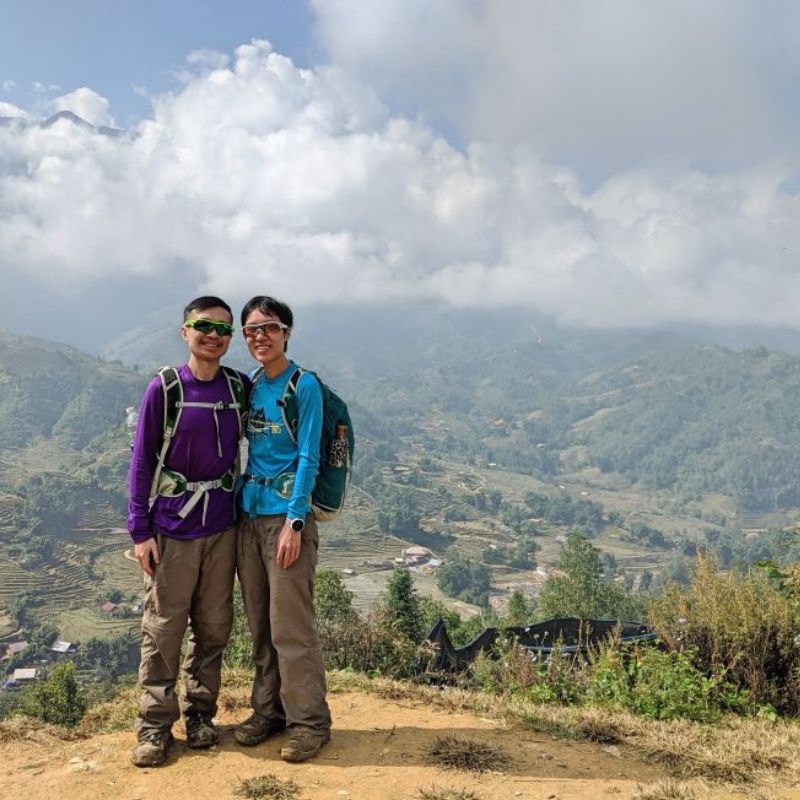
Group Size Variance
- For a group of 6-10 people, the price is approximately USD 127 per person.
- For a group of 4-5 people, the cost is about USD 137 per person.
- For a smaller group of 2-3 people, the price increases to USD 157 per person.
- A solo traveler might pay around USD 230.
- Another source mentions prices starting from as low as $95 for trekking tours.
Tour Packages with Accommodation
A higher-end Sapa trekking tour, including the sleeper train to and from Sapa, food and drinks (three breakfasts, three lunches, and two dinners), and all the rice wine you can drink, was priced at $117. Additional costs for water, coffee, beer, and soft drinks apply.
Specific Tour Examples
- A 2-Day Trekking Tour is priced at $145 per adult, varying by group size. This includes meals, a private trekking tour in Sapa villages, and all admission costs at places mentioned in the itinerary.
- A more extended trek spanning 4 nights and 3 days, including a journey along the Muong Hoa River and visits to local ethnic villages, is priced from $167.83 per adult.
- For shorter treks, such as a private one-day trek through rice terraced fields, prices start from $50, again varying with group size.
How to Choose a Tour Guide
Unless you have a compelling reason to do so, there is no need to reserve a tour in Hanoi. As soon as you step off the bus, Hmong ladies will swarm you, offering you their services as tour guides. Additionally, every day when you’re exploring the town on foot. Remember that you will be with your guide for a few hours or maybe days. Select a person who is approachable and not overly assertive. Don’t feel compelled to select a guide right away.
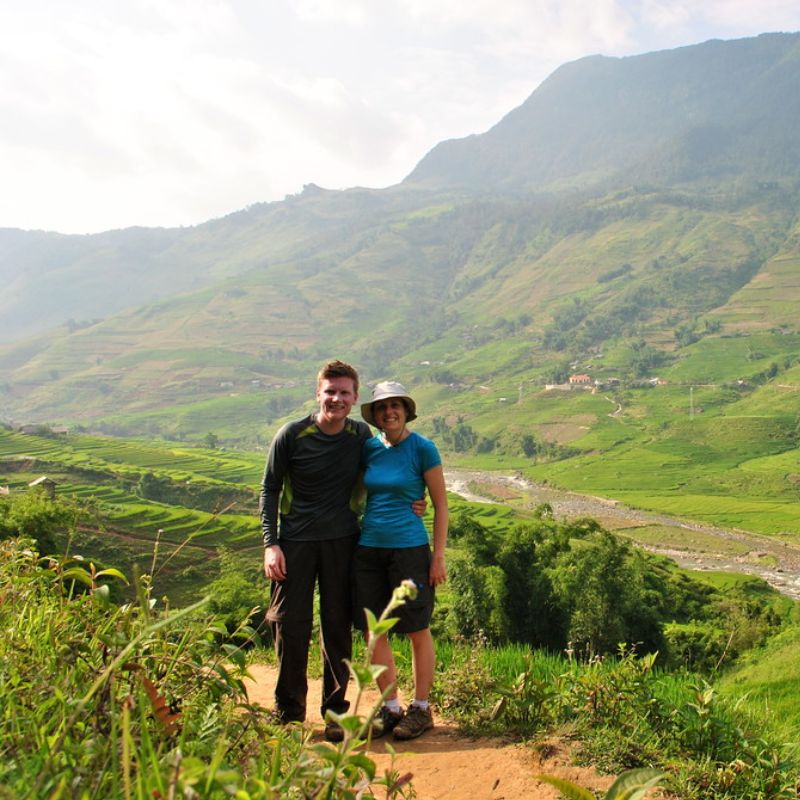
When selecting a tour guide for your trekking adventure in Sapa, prioritize local expertise, as guides from the area provide invaluable insights into the culture and landscape. Ensure effective communication by choosing a guide fluent in a language you’re comfortable with. Verify their qualifications by checking for certifications and reading reviews from past trekkers to gauge their reliability and performance. Lastly, choose a guide who demonstrates cultural sensitivity, respecting and accurately representing the local customs and traditions, to enrich your cultural experience.
Important notes for trekking in Sapa
When planning a Sapa trekking, it’s essential to consider several important factors to ensure a safe and enjoyable experience:
Weather Preparedness: The weather in Sapa can be quite variable. Prepare for sudden changes in weather by carrying rain gear and dressing in layers. During winter, it can get quite cold, so warm clothing is essential.
Physical Fitness: Assess your physical fitness level. Some treks can be strenuous, involving long distances and steep terrain. Choose a trek that matches your ability.
Proper Footwear: Wear sturdy, comfortable trekking shoes or boots. The terrain in Sapa can be slippery and uneven, especially after rain.
Hydration and Snacks: Carry enough water to stay hydrated and bring energy-boosting snacks. While some treks have stops for food and water, it’s best to be self-sufficient.
Respect Local Cultures: Sapa is home to diverse ethnic groups. Show respect for local customs and traditions. Ask for permission before taking photos of people or entering homes.
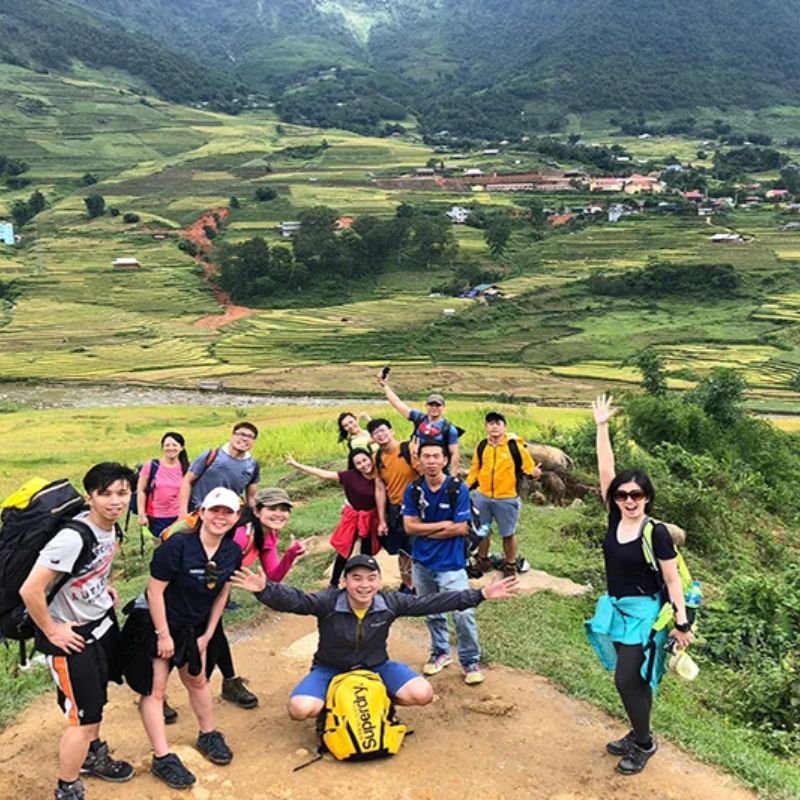
Travel Insurance: Consider getting travel insurance that covers trekking activities, as it provides a safety net in case of emergencies.
Guide Services: Hiring a local guide is highly recommended. They can provide valuable insights into the area and enhance your trekking experience.
Altitude Awareness: Some treks in Sapa involve high altitudes. Be aware of altitude sickness symptoms and take necessary precautions.
Emergency Contacts: Have a list of emergency contacts, including local authorities and your country’s embassy or consulate, if applicable.
By keeping these points in mind, you can ensure a safer and more fulfilling trekking experience in the beautiful Sapa region.
As our journey through the Sapa Trekking Guide concludes, we hope you feel inspired and prepared to explore the breathtaking landscapes and rich cultural heritage of this unique region. Sapa’s trails offer more than just a trek; they are a gateway to understanding the harmony between nature and the diverse ethnic communities that call these highlands home. Each step in Sapa is an opportunity to witness the extraordinary beauty of Vietnam and to create memories that resonate with the spirit of adventure and discovery.
FAQs
Do I need a guide for trekking in Sapa?
While it’s possible to explore the trekking trails in Sapa independently, many visitors find that having a guide enhances the overall experience. Local guides are familiar with the terrain, can navigate through the sometimes intricate trail systems, and offer valuable insights into the culture and history of the region. They also facilitate meaningful interactions with local ethnic minority communities, providing a more immersive and authentic trekking adventure.
Additionally, having a guide ensures your safety and minimizes the risk of getting lost in the vast and sometimes challenging landscapes of Sapa. Whether you’re a seasoned trekker or a beginner, a guide can tailor the trek to your preferences, making the journey more enjoyable and rewarding.
How difficult are the trekking trails in Sapa?
The difficulty of trekking trails in Sapa varies, offering options suitable for a range of fitness levels. There are easy walks for beginners, taking you through picturesque landscapes and allowing you to experience the local culture without strenuous physical demands. For those seeking more challenge, Sapa also offers moderately difficult to strenuous trails that involve steeper ascents and descents, providing a more intense trekking experience. It’s important to communicate your fitness level and preferences to your guide so that they can tailor the trek accordingly.
Are homestays common in Sapa?
Yes, homestays are a common and popular accommodation option in Sapa. Many trekking tours in the region include overnight stays with local families from ethnic minority groups, providing visitors with a unique and authentic cultural experience. These homestays allow travelers to immerse themselves in the daily lives of the communities, share meals, and gain insights into traditional customs and practices. The hospitality of the host families adds a personal touch to the journey, making the overall trekking experience in Sapa not only about exploring breathtaking landscapes but also about fostering connections with the local people.
Is it possible to trek in Sapa during the rainy season?
While it is possible to trek in Sapa during the rainy season (June to August), it’s essential to be mindful of the weather conditions. The rainy season brings lush greenery to the terraced landscapes but also results in muddy and slippery trails. Trekking during this period requires adequate preparation, including waterproof gear, sturdy footwear, and a willingness to navigate potentially challenging terrain. It’s advisable to check trail conditions with local guides, who can provide insights into the feasibility of specific routes and ensure a safe and enjoyable trek despite the wet weather.
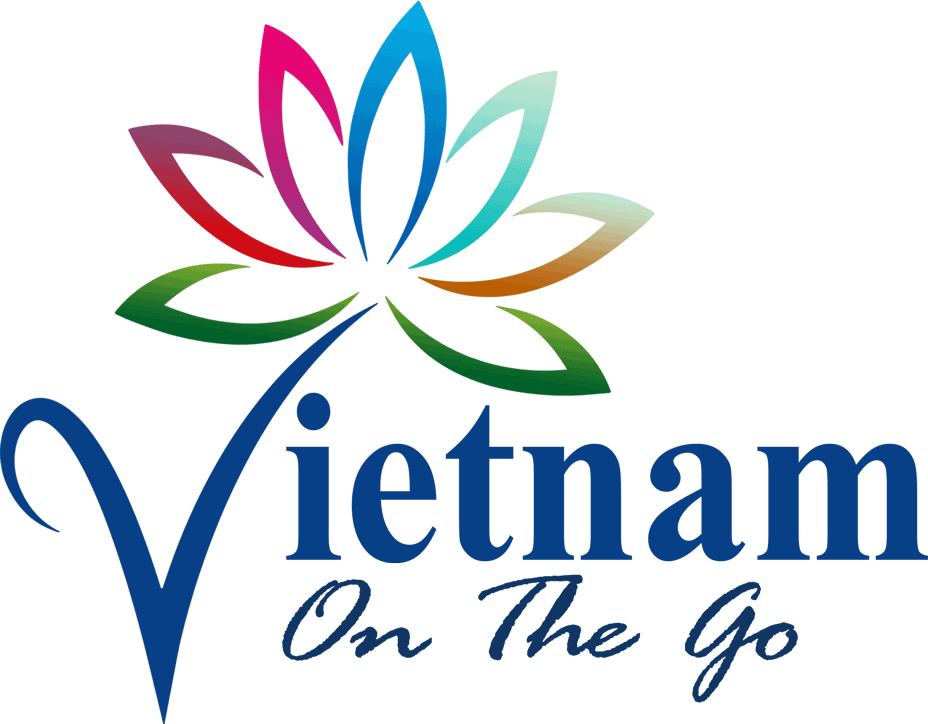
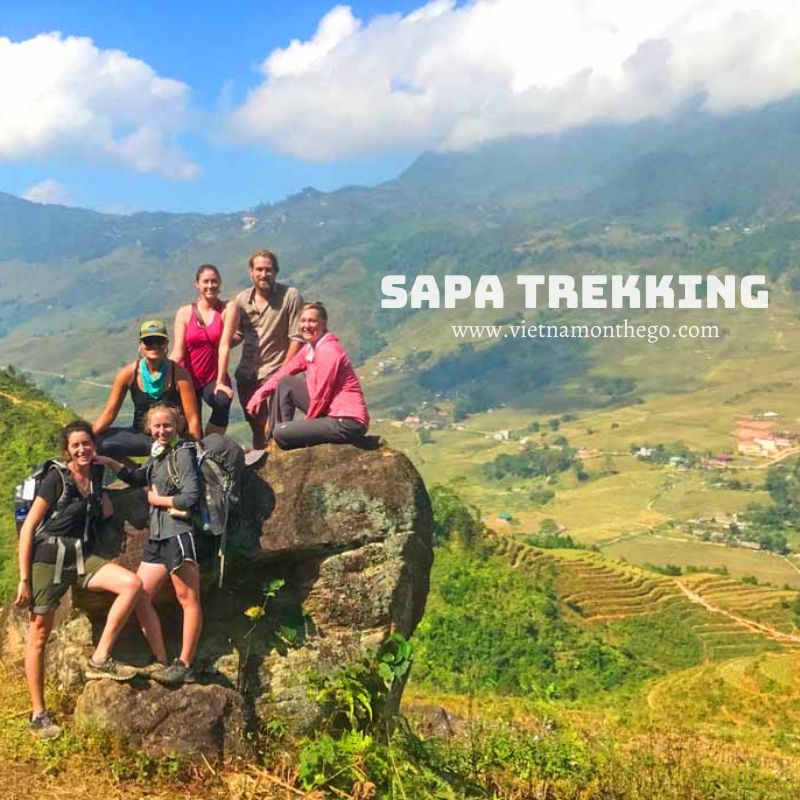
![[1 DAY] Trekking in Sapa Through Muong Hoa Valley - EASY Route](https://vietnamonthego.com/wp-content/uploads/2023/12/Trekking-in-Sapa-Through-Muong-Hoa-Valley-2-280x280.jpg)
![[1 DAY] Trekking in Sapa Through Highest Village](https://vietnamonthego.com/wp-content/uploads/2023/12/fansipan-hiking-tour-1-day-3-280x280.jpg)
![[1 DAY] Trekking In Sapa Through Muong Hoa Valley - HARD Route](https://vietnamonthego.com/wp-content/uploads/2023/12/Muong-Hoa-Valley-280x280.jpg)
![[2 DAYS 1 NIGHT] Sapa Trekking Tour with Local Guide](https://vietnamonthego.com/wp-content/uploads/2023/12/Sapa-Trekking-Tour-with-Local-Guide-9-280x280.jpg)
![[2 DAYS 1 NIGHT] Sapa Trekking with Homestay in Village - EASY Trekking](https://vietnamonthego.com/wp-content/uploads/2023/12/fansipan-hiking-tour-1-day-5-280x280.jpg)